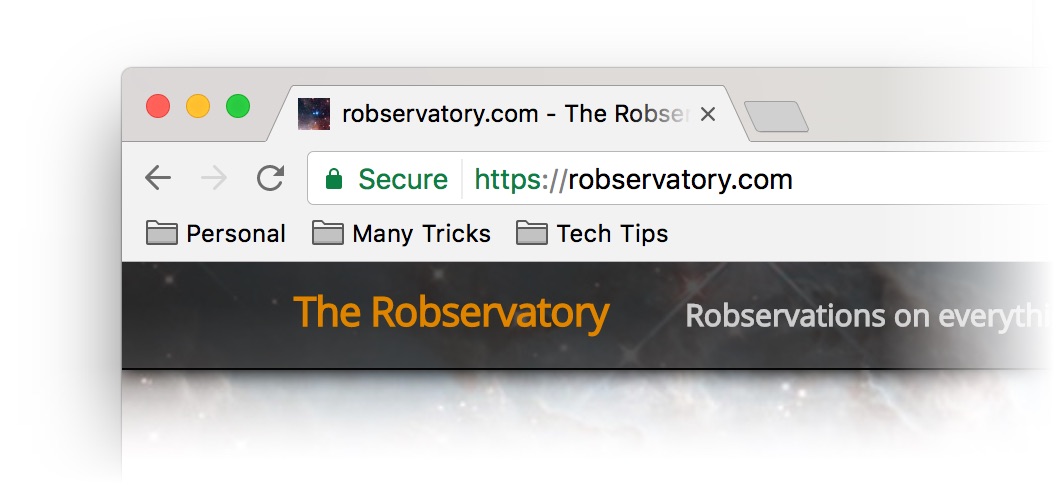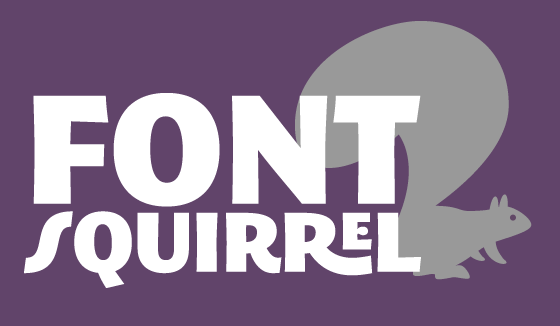The end of the banging of the cabinet doors
I really hate the bang when a cabinet door closes. Years ago, I'd looked into soft-close mechanisms and found them pricey and a bit fussy to install. But this weekend, we were at Home Depot when I stumbled across these Liberty soft-close dampers. On a lark, I bought the 10-pack to see how well they'd work. The short answer: very well.
Installation is a breeze; they go into the corner of the cabinet with one screw—and the screw hole is angled at 60 degrees, so the pre-drilling goes quickly and at the proper angle. Here's how one looks installed:

I think it took me about 20 minutes to install all 10, and I probably spent five of that on the first one, making sure I did it right. These are not metal pieces; the body is metallic-painted plastic. However they have decent reviews on Amazon, and were reasoinably priced. There are other brands, too, but I haven't used any of those. All I know is that I'm thrilled with how they work…
Ah, the blissful sounds of a non-slamming cabinet door!





 Update: Thanks to John for pointing out the obvious: The old remote works with the new Apple TV. So I guess I can go ahead and replace the one in the bedroom.
Update: Thanks to John for pointing out the obvious: The old remote works with the new Apple TV. So I guess I can go ahead and replace the one in the bedroom. I recently tweaked the look here a bit, greatly simplifying the fonts and lightening the visual weight of the site quite a bit.
I recently tweaked the look here a bit, greatly simplifying the fonts and lightening the visual weight of the site quite a bit.